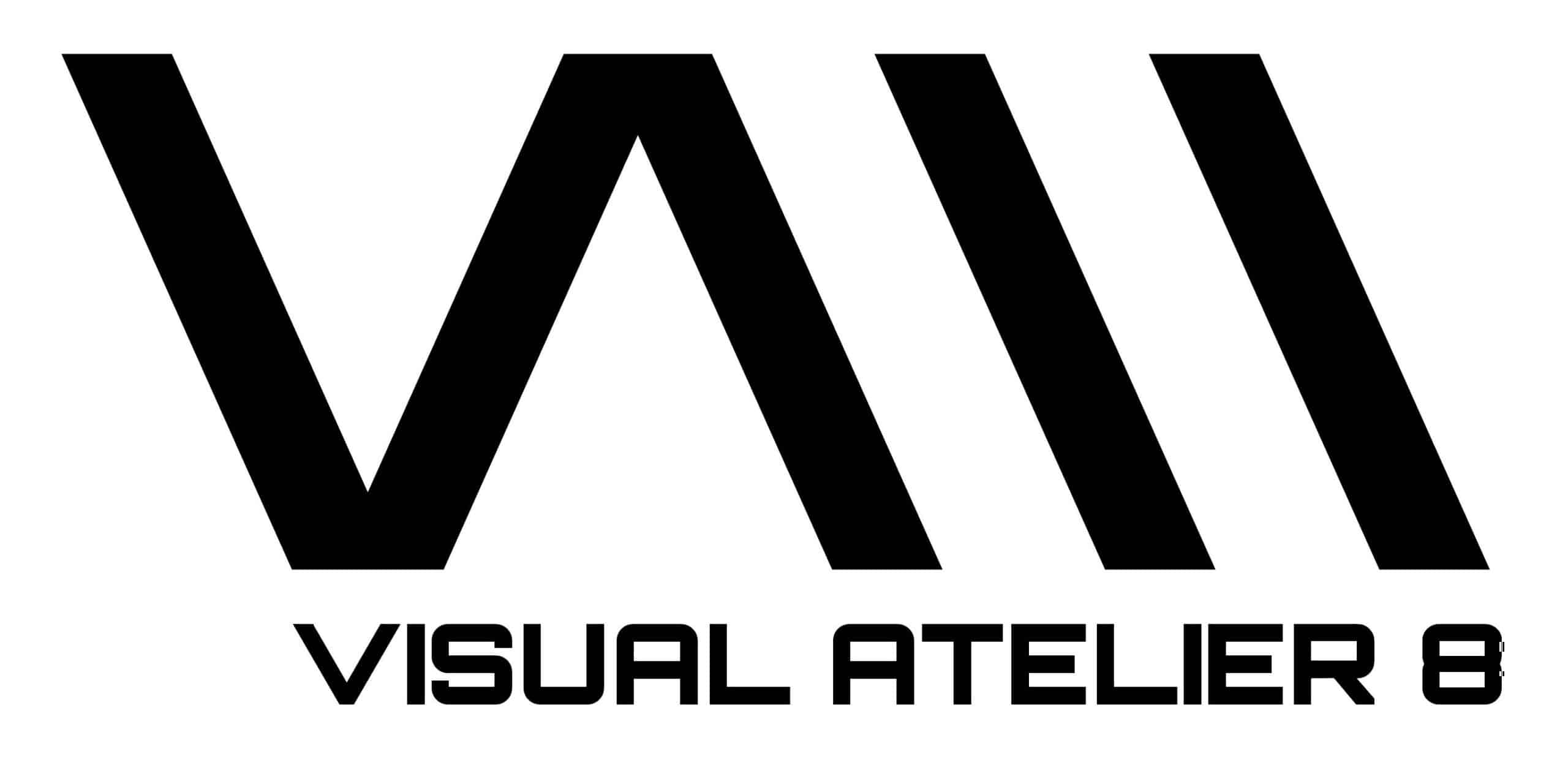
Exploring the visionary world of Ash Thorp
Ash Thorp is a visionary digital artist and creative director whose work spans across a diverse range of mediums, from film and video game design to conceptual art and animation. Known for his distinct style that blends futuristic aesthetics with intricate detail, Thorp has left an indelible mark on the visual landscape of modern media. His contributions to major projects, such as Ghost in the Shell and Assassin’s Creed, showcase his ability to merge cutting-edge technology with artistic expression, creating immersive and thought-provoking visual experiences.
This year, Ash Thorp will speak at Digital Design Days in Milan, where he will share the secrets behind his visionary approach and the journey that has led him to the forefront of the industry. In our interview, we dive into his creative process, his inspirations, and the challenges of constantly evolving in a digital world. Whether you are a fan, an aspiring artist, or simply curious about the future of design, this conversation is one you won’t want to miss. Secure your tickets for Digital Design Days here.
Your work often exists at the intersection of cutting edge technology and timeless artistry. How do you balance the rapid evolution of digital tools with the need to maintain a sense of artistic integrity and personal style? Can you share an instance where this balance was particularly challenging or rewarding in one of your projects?
The digital artist’s path can be both debilitating and liberating. On one side, we have a wealth of incredible tools that unlock new perspectives and ways of expressing ourselves. On the other, there’s a constant flow of distractions that can disrupt our focus and make it challenging to stay centered on our creative intent. For me, the key has always been listening to my inner voice while creating. If something feels off, I take a moment to reflect and adjust my approach, aligning it with a path that brings joy and fulfillment.
A project that challenged this balance of technology and artistry is my creation of Orion. During its inception, I had many options for how to approach various aspects, but I quickly realized that the tools I already had were sufficient to achieve the desired outcome. The crucial factor for me was having a clear vision of the end result and creating a streamlined process to reach it with minimal friction, allowing me to fully immerse myself in the blissful act of creation.


You’ve worked on some iconic films and projects like Ghost in the Shell and Blade Runner 2049, where visual storytelling plays a crucial role. Could you walk us through your creative process, from initial concept to final execution? How do you ensure that the visual elements you create not only look stunning but also contribute meaningfully to the narrative and emotional tone of the project?
This is a complex question to answer because each film had a bespoke approach to accomplish the end result seen in the films. The best way to generally summarize my creative process is that I found it important to remain focused on how I could add value with my art. In doing so, the work evolves organically and finds its place within the larger project, resulting in something truly special.
Many of your personal projects and experimental films delve into abstract, often psychological themes. How do you approach translating complex, intangible concepts like consciousness or identity into a visual language? Is there a particular piece where you felt you captured the essence of these ideas most successfully?
I try not to spend much time on analyzing my creative process on a micro level. When an impulse, idea, or complex concept arises, I simply let my subconscious take the lead. Our minds are pattern-recognition machines that sometimes create false constructs, and I seek to unravel these personal truths through my work.
This often results in abstract and unresolved outputs, much like life itself. I don’t have a specific piece that I can personally say was a successful translation of the idea because I leave the interpretation up to the audience; they are the ones who decide what is successfully communicated to them. For me, the work is a continuous conversation with myself and the world, driven by curiosity and often left open-ended.


Working on large-scale productions involves collaboration with directors, writers, and other artists. How do you navigate creative differences or align your vision with that of a director or team? Could you share a memorable experience where collaboration either challenged or enhanced your artistic vision?
I aim to work directly or as closely as possible with the director to understand their intent and vision. As mentioned earlier, I only join a project if I’m confident I can add value to it. Throughout the process, I try to minimize miscommunication and set aside my ego. In film or commercial settings, where the director leads the vision, I do my best to align with the flow of production, offering ideas when appropriate, while reminding myself that this is not my project, but their vision I aim to fulfill. It’s a challenging and fascinating puzzle to solve.
I’ve been lucky enough to have memorable experiences with several directors I’ve been honored to work for on their films. One example is when I worked with Justin Kurzel on Assassin’s Creed; we had a great rapport from the start, built on mutual respect and admiration. This foundation allowed our collaboration to grow with intensity and intention. From that project, I learned the importance of earning a director’s trust and respect early on and working closely with them to deeply understand their intent and assist in bringing their vision to life.
You often mention the importance of personal projects in maintaining creative momentum. How do these personal explorations feed back into your commercial work, and vice versa? Is there a personal project that significantly influenced your professional approach or opened new doors in your career?
My personal work has always been a reflection of my own evolution through life. I see it as an ongoing dialogue with the questions and curiosities that arise along the way. The commercial work is often a derivative of these passion projects, in the sense that I might learn a new tool or method through personal exploration and then find a way to integrate that into a commercial project.
For example, I became deeply immersed in my love for automotive design and imagination, so I began creating my own renditions of cars and automotive-themed passion projects. These personal explorations opened the door and led to my involvement in Matt Reeves’ The Batman, where I had the opportunity to design a new version of the iconic Batmobile.

All images courtesy of Ash Thorp, shared with permission
Ash Thorp: www.altcinc.com
Digital Design Days: https://ddd.live/

